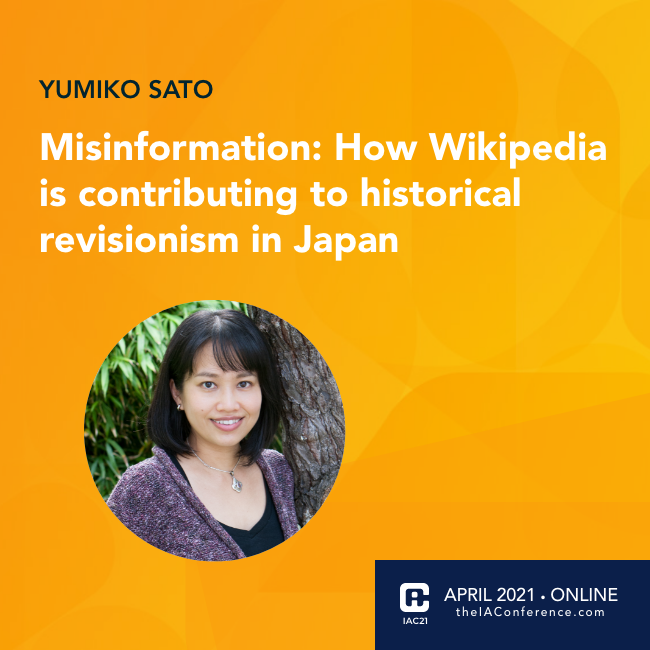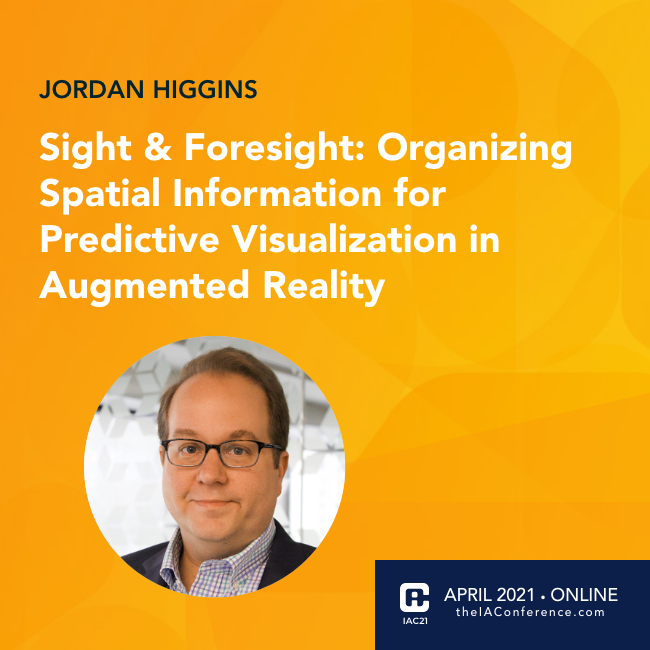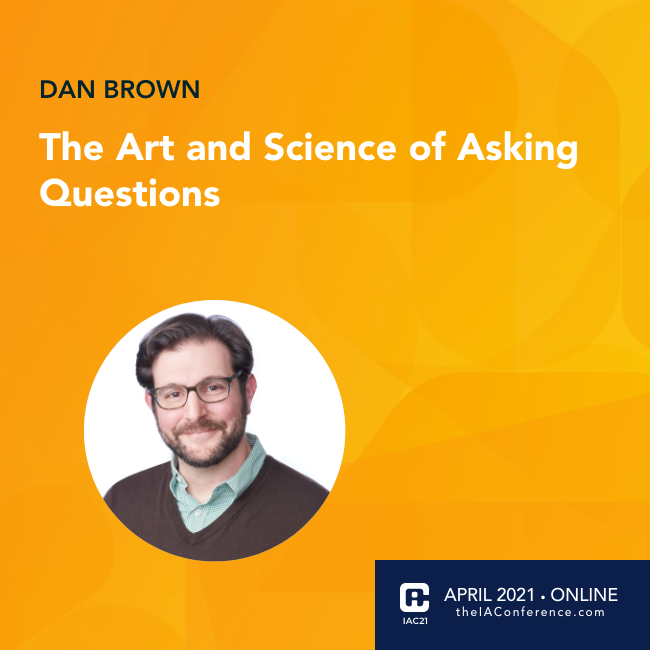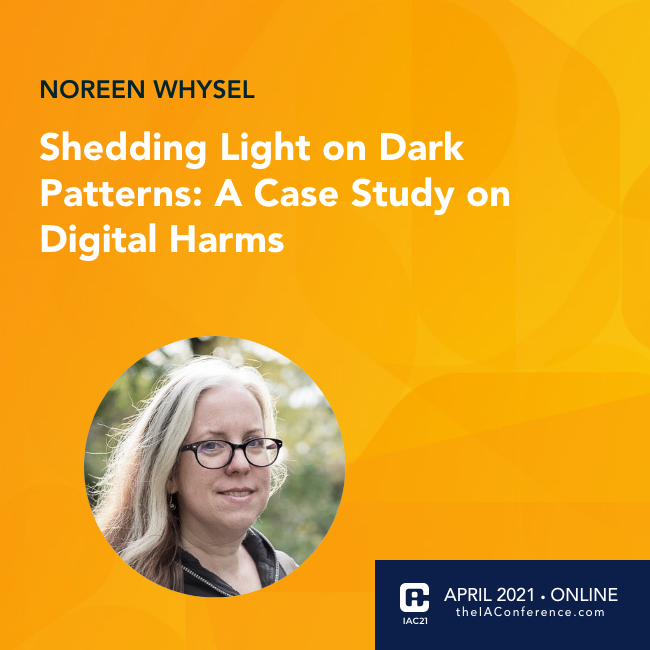2021 IA Conference
April 29, 2021
The Japanese Wikipedia is the most visited language in Wikipedia after the English Wikipedia. Increasingly, it’s contributing to the rise of historical revisionism in the country. On the pages of particularly sensitive historical topics, Japanese Wikipedia tends to exclude important information inconvenient to the Japanese public and/or include inaccurate and biased information. In recent years content from Wikipedia has been used as a source in historical revisionist books, such as “History of Japan,” a best selling book by Naoki Hyakuta, a nationalist writer known for denying Japanese war crimes during WWII.
A similar trend exists in other languages, such as Croatian Wikipedia. It has received attention from international media for promoting a fascist worldview and historical revisionism.
Studying the accuracy of Wikipedia is difficult, and the findings are mixed. And what’s often missed is the fact that the level of reliability may be different depending on the language. Non-English Wikipedia communities such as a Japanese and Croatian tend to be much more isolated and likely have inherent bias on certain topics.
Users visit Wikipedia pages to be informed about certain topics. When they see so much biased content without knowing it, it’s not meeting the needs of the users. I’ve tried to inform Wikipedia about this problem and suggested a design change, but after a month of trying I couldn’t even talk to the right person.
The focus of this talk is the process of creating a global website such as Wikipedia in the first place. English speaking designers and developers may not realize the implications of how their product gets used in other countries with different languages and cultural backgrounds. When creating a product, we must be aware of cultural bias that exists in the nations and communities where the product is used.
[groups_can capability="view_iac21_sessions"] [/groups_can] [groups_can_not capability="view_iac21_sessions"] [text-blocks id="registration-sign-in-cta"] [/groups_can_not]












